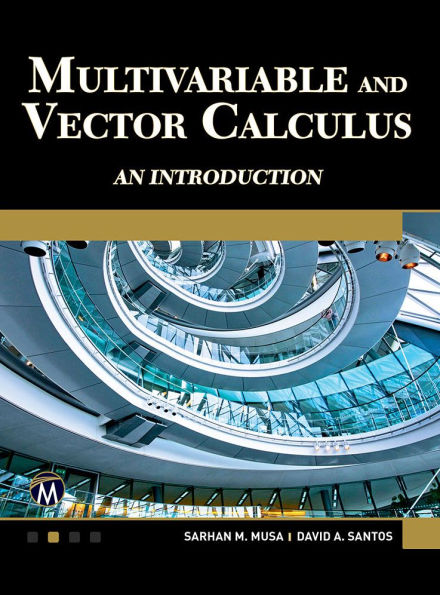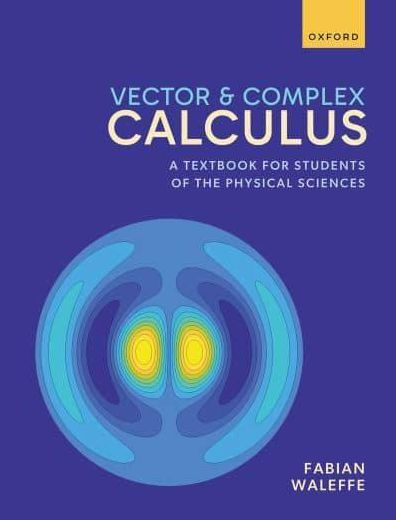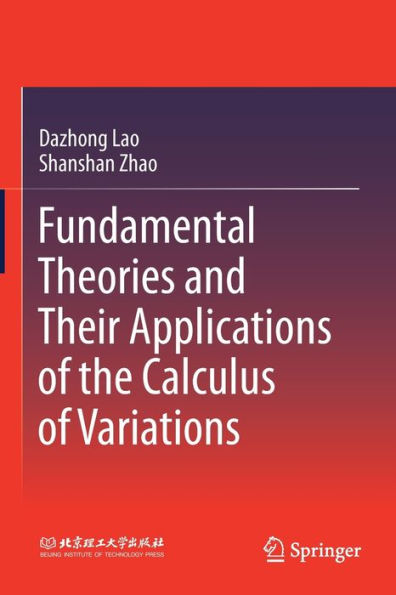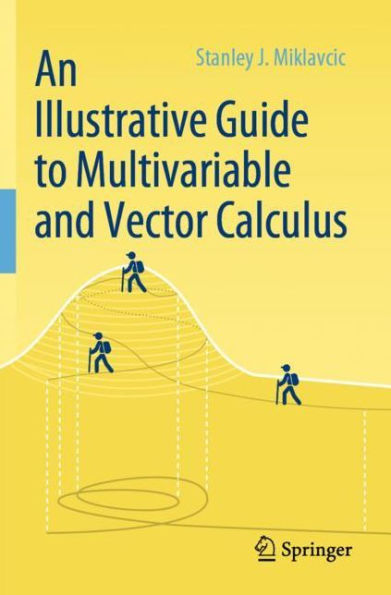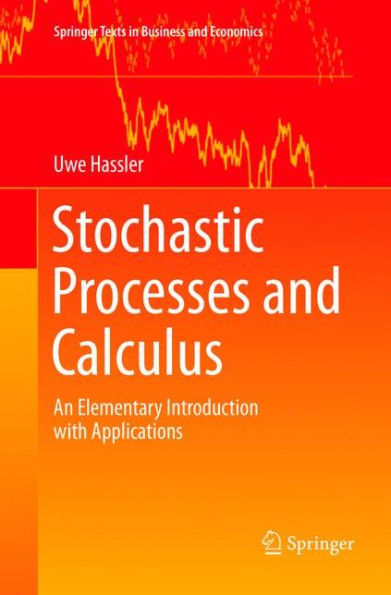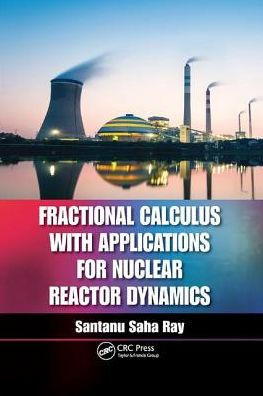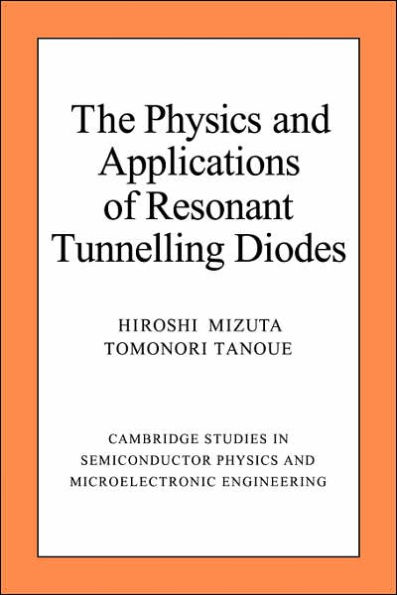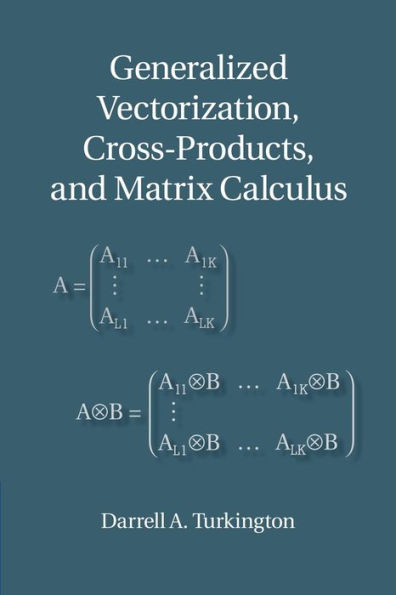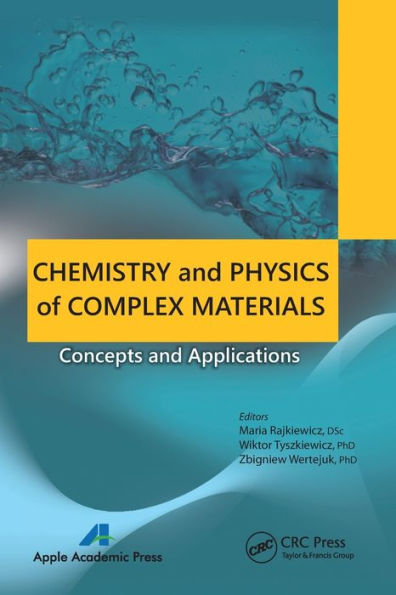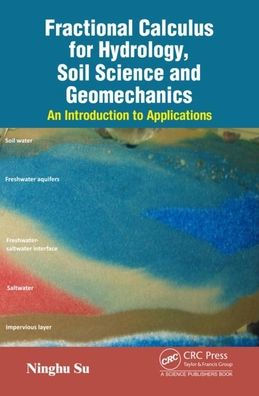Home
Vector Calculus with Applications to Physics
Barnes and Noble
Loading Inventory...
Vector Calculus with Applications to Physics in Bloomington, MN
Current price: $12.99

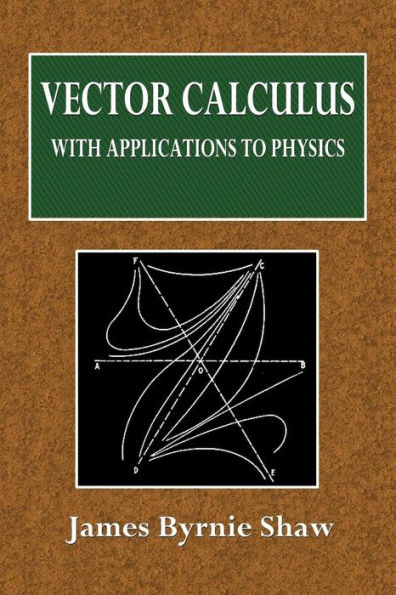
Vector Calculus with Applications to Physics in Bloomington, MN
Current price: $12.99
Loading Inventory...
Size: OS
From the PREFACE.
This volume embodies the lectures given on the subject to graduate students over a period of four repetitions. The point of view is the result of many years of consideration of the whole field. The author has examined the various methods that go under the name of Vector, and finds that for all purposes of the physicist and for most of those of the geometer, the use of quaternions is by far the simplest in theory and in practice. The various points of view are mentioned in the introduction, and it is hoped that the essential differences are brought out. The tables of comparative notation scattered through the text will assist in following the other methods.
The place of vector work according to the author is in the general field of associative algebra, and every method so far proposed can be easily shown to be an imperfect form of associative algebra. From this standpoint the various discussions as to the fundamental principles may be understood. As far as the mere notations go, there is not much difference save in the actual characters employed. These have assumed a somewhat national character. It is unfortunate that so many exist.
The attempt in this book has been to give a text to the mathematical student on the one hand, in which every physical term beyond mere elementary terms is carefully defined. On the other hand for the physical student there will be found a large collection of examples and exercises which will show him the utility of the mathematical methods. So very little exists in the numerous treatments of the day that does this, and so much that is labeled vector analysis is merely a kind of short-hand, that it has seemed very desirable to show clearly the actual use of vectors as vectors. It will be rarely the case in the text that any use of the components of vectors will be found. The triplexes in other texts are very seldom much different from the ordinary Cartesian forms, and not worth learning as methods.
The difficulty the author has found with other texts is that after a few very elementary notions, the mathematical student (and we may add the physical student) is suddenly plunged into the profundities of mathematical physics, as if he were familiar with them. This is rarely the case, and the object of this text is to make him familiar with them by easy gradations.
It is not to be expected that the book will be free from errors, and the author will esteem it a favor to have all errors and oversights brought to his attention. He desires to thank specially Dr. C. F. Green, of the University of Illinois, for his careful assistance in reading the proof, and for other useful suggestions. Finally he has gathered his material widely, and is in debt to many authors for it, to all of whom he presents his thanks.
This volume embodies the lectures given on the subject to graduate students over a period of four repetitions. The point of view is the result of many years of consideration of the whole field. The author has examined the various methods that go under the name of Vector, and finds that for all purposes of the physicist and for most of those of the geometer, the use of quaternions is by far the simplest in theory and in practice. The various points of view are mentioned in the introduction, and it is hoped that the essential differences are brought out. The tables of comparative notation scattered through the text will assist in following the other methods.
The place of vector work according to the author is in the general field of associative algebra, and every method so far proposed can be easily shown to be an imperfect form of associative algebra. From this standpoint the various discussions as to the fundamental principles may be understood. As far as the mere notations go, there is not much difference save in the actual characters employed. These have assumed a somewhat national character. It is unfortunate that so many exist.
The attempt in this book has been to give a text to the mathematical student on the one hand, in which every physical term beyond mere elementary terms is carefully defined. On the other hand for the physical student there will be found a large collection of examples and exercises which will show him the utility of the mathematical methods. So very little exists in the numerous treatments of the day that does this, and so much that is labeled vector analysis is merely a kind of short-hand, that it has seemed very desirable to show clearly the actual use of vectors as vectors. It will be rarely the case in the text that any use of the components of vectors will be found. The triplexes in other texts are very seldom much different from the ordinary Cartesian forms, and not worth learning as methods.
The difficulty the author has found with other texts is that after a few very elementary notions, the mathematical student (and we may add the physical student) is suddenly plunged into the profundities of mathematical physics, as if he were familiar with them. This is rarely the case, and the object of this text is to make him familiar with them by easy gradations.
It is not to be expected that the book will be free from errors, and the author will esteem it a favor to have all errors and oversights brought to his attention. He desires to thank specially Dr. C. F. Green, of the University of Illinois, for his careful assistance in reading the proof, and for other useful suggestions. Finally he has gathered his material widely, and is in debt to many authors for it, to all of whom he presents his thanks.
From the PREFACE.
This volume embodies the lectures given on the subject to graduate students over a period of four repetitions. The point of view is the result of many years of consideration of the whole field. The author has examined the various methods that go under the name of Vector, and finds that for all purposes of the physicist and for most of those of the geometer, the use of quaternions is by far the simplest in theory and in practice. The various points of view are mentioned in the introduction, and it is hoped that the essential differences are brought out. The tables of comparative notation scattered through the text will assist in following the other methods.
The place of vector work according to the author is in the general field of associative algebra, and every method so far proposed can be easily shown to be an imperfect form of associative algebra. From this standpoint the various discussions as to the fundamental principles may be understood. As far as the mere notations go, there is not much difference save in the actual characters employed. These have assumed a somewhat national character. It is unfortunate that so many exist.
The attempt in this book has been to give a text to the mathematical student on the one hand, in which every physical term beyond mere elementary terms is carefully defined. On the other hand for the physical student there will be found a large collection of examples and exercises which will show him the utility of the mathematical methods. So very little exists in the numerous treatments of the day that does this, and so much that is labeled vector analysis is merely a kind of short-hand, that it has seemed very desirable to show clearly the actual use of vectors as vectors. It will be rarely the case in the text that any use of the components of vectors will be found. The triplexes in other texts are very seldom much different from the ordinary Cartesian forms, and not worth learning as methods.
The difficulty the author has found with other texts is that after a few very elementary notions, the mathematical student (and we may add the physical student) is suddenly plunged into the profundities of mathematical physics, as if he were familiar with them. This is rarely the case, and the object of this text is to make him familiar with them by easy gradations.
It is not to be expected that the book will be free from errors, and the author will esteem it a favor to have all errors and oversights brought to his attention. He desires to thank specially Dr. C. F. Green, of the University of Illinois, for his careful assistance in reading the proof, and for other useful suggestions. Finally he has gathered his material widely, and is in debt to many authors for it, to all of whom he presents his thanks.
This volume embodies the lectures given on the subject to graduate students over a period of four repetitions. The point of view is the result of many years of consideration of the whole field. The author has examined the various methods that go under the name of Vector, and finds that for all purposes of the physicist and for most of those of the geometer, the use of quaternions is by far the simplest in theory and in practice. The various points of view are mentioned in the introduction, and it is hoped that the essential differences are brought out. The tables of comparative notation scattered through the text will assist in following the other methods.
The place of vector work according to the author is in the general field of associative algebra, and every method so far proposed can be easily shown to be an imperfect form of associative algebra. From this standpoint the various discussions as to the fundamental principles may be understood. As far as the mere notations go, there is not much difference save in the actual characters employed. These have assumed a somewhat national character. It is unfortunate that so many exist.
The attempt in this book has been to give a text to the mathematical student on the one hand, in which every physical term beyond mere elementary terms is carefully defined. On the other hand for the physical student there will be found a large collection of examples and exercises which will show him the utility of the mathematical methods. So very little exists in the numerous treatments of the day that does this, and so much that is labeled vector analysis is merely a kind of short-hand, that it has seemed very desirable to show clearly the actual use of vectors as vectors. It will be rarely the case in the text that any use of the components of vectors will be found. The triplexes in other texts are very seldom much different from the ordinary Cartesian forms, and not worth learning as methods.
The difficulty the author has found with other texts is that after a few very elementary notions, the mathematical student (and we may add the physical student) is suddenly plunged into the profundities of mathematical physics, as if he were familiar with them. This is rarely the case, and the object of this text is to make him familiar with them by easy gradations.
It is not to be expected that the book will be free from errors, and the author will esteem it a favor to have all errors and oversights brought to his attention. He desires to thank specially Dr. C. F. Green, of the University of Illinois, for his careful assistance in reading the proof, and for other useful suggestions. Finally he has gathered his material widely, and is in debt to many authors for it, to all of whom he presents his thanks.
